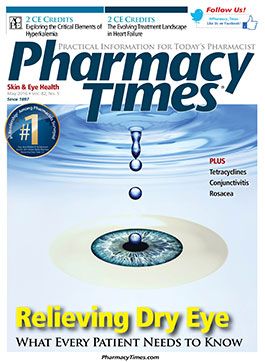Publication
Article
Pharmacy Times
Shoulder Dislocation May Not Necessitate Surgery
The results of a recent study indicate that nonsurgical options may be preferable for a number of patients who dislocate their acromioclavicular joint.
Dislocation of the acromioclavicular (AC) joint—located between the collarbone and the top of the shoulder blade—is commonly treated with orthopedic surgery. However, the results of a recent study indicate that nonsurgical options may be preferable for a number of patients who experience the shoulder injury. The study, published in the Journal of Orthopaedic Trauma, assigned 83 patients with moderate to severe AC joint dislocations to undergo either plate-and-screws surgery, followed by rehabilitation, or nonsurgical treatment with a sling and rehabilitation. During follow-up sessions 6 weeks and 3 months after the injuries, the research team found that nonsurgical patients experienced greater mobility than patients who underwent surgery.
The researchers also found that 7 of the patients who underwent surgery experienced major complications compared with only 2 of those who did not. In addition, more than 75% of patients in the nonsurgery group had returned to work within the 3-month period following their injuries compared with 43% of those in the surgery group.
The study authors acknowledge that patients who did not undergo surgery were more likely to be dissatisfied with the appearance of their shoulder than those who did undergo surgery. However, they encouraged health care providers to consider other factors before recommending surgery.
“While satisfaction with appearance of the shoulder should be a consideration, I believe surgeons should think twice before recommending surgery for an AC joint dislocation— regardless of the severity,” said study author Michael McKee, MD, in a press release.







